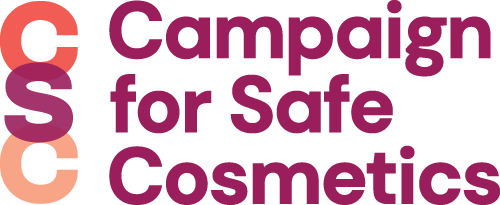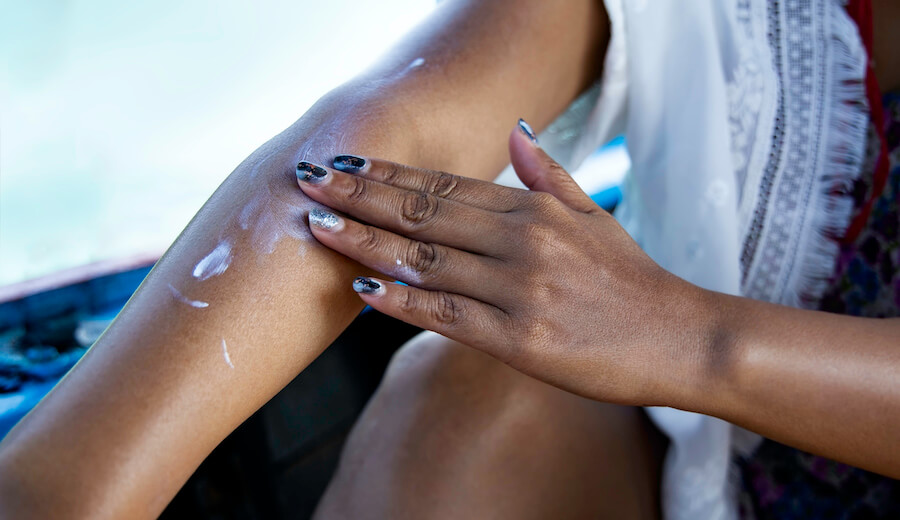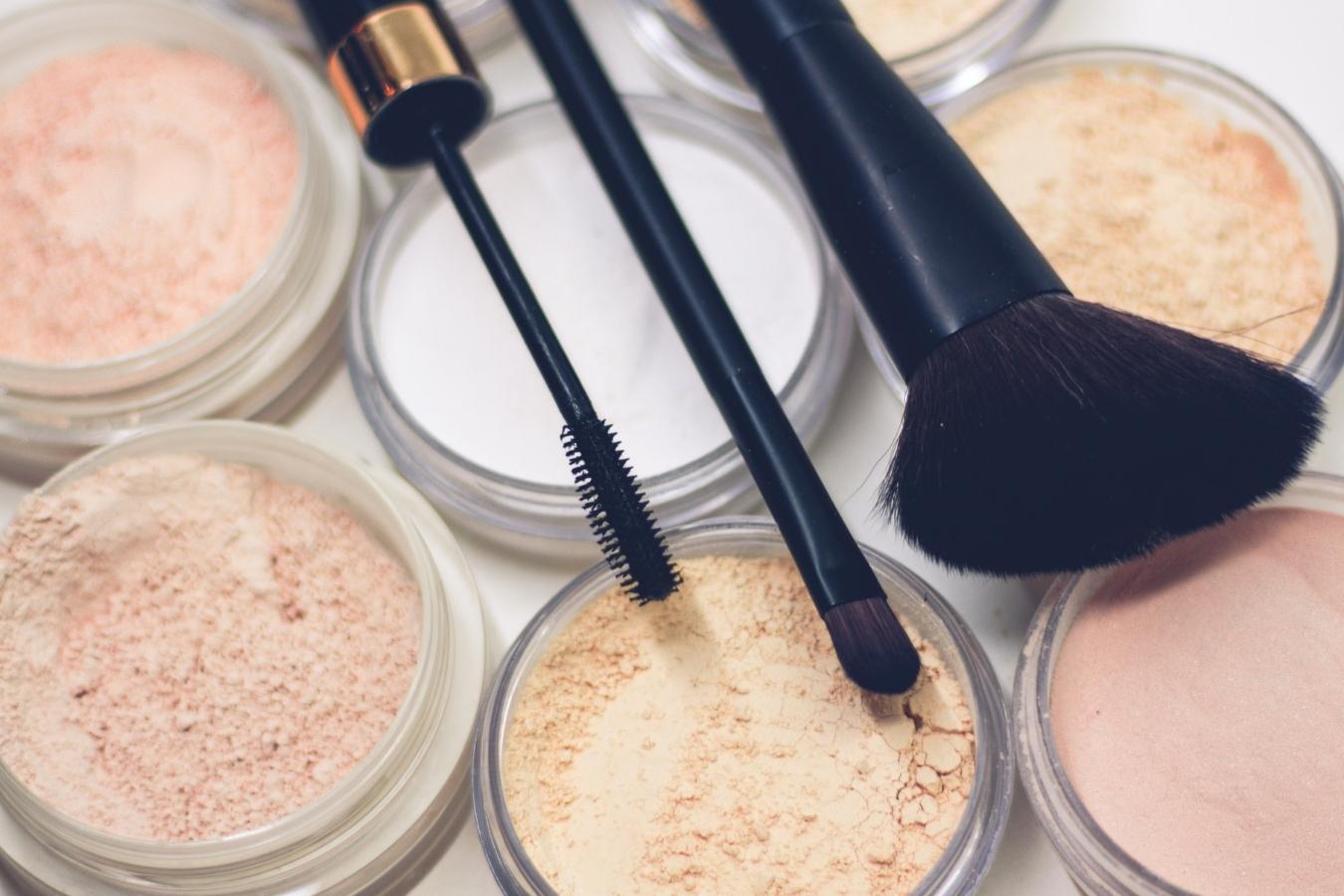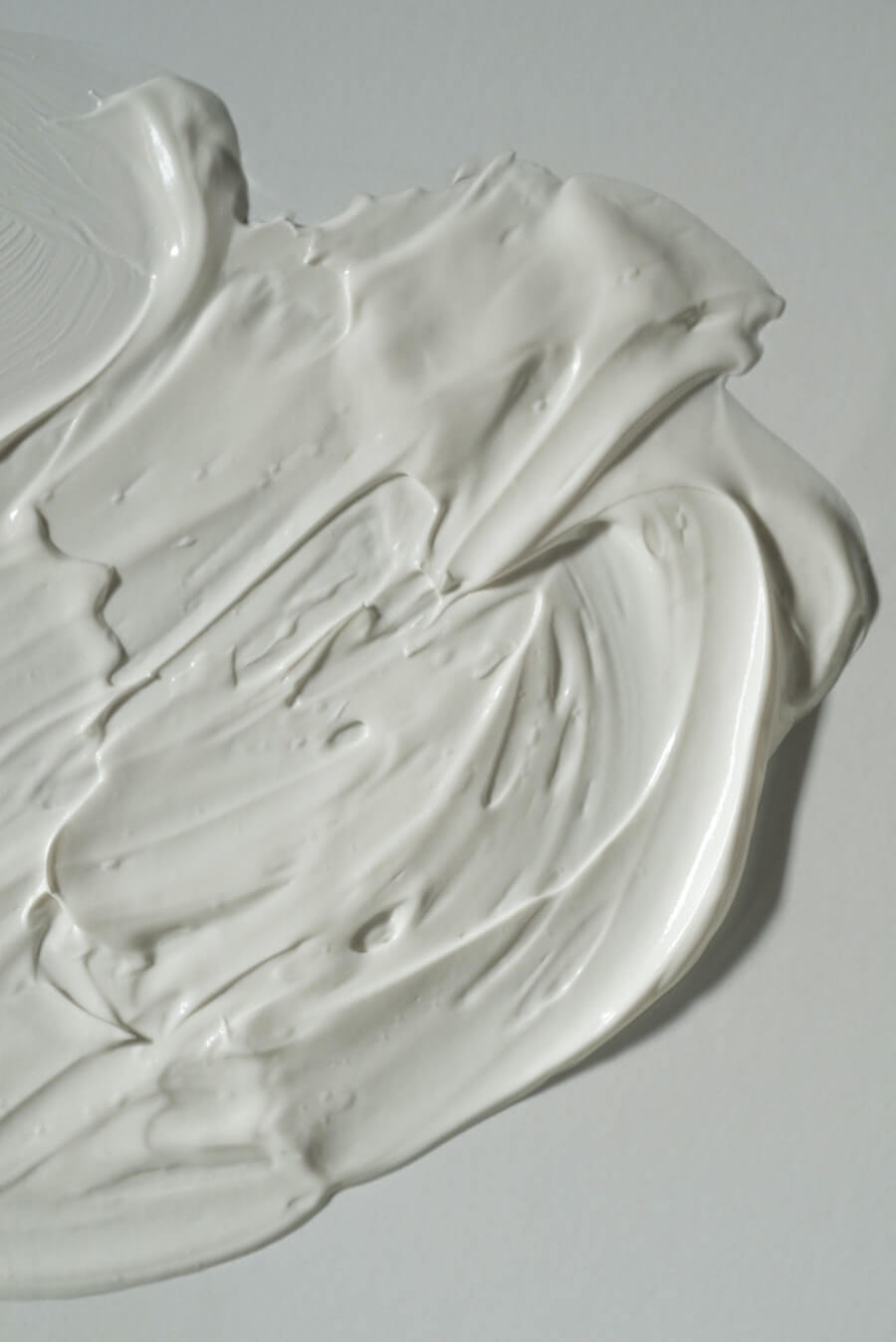[1] Rohm & Haas (2002). Acute Inhalation toxicity study in rate (methylisothiazolinone 53.52% active ingredient). Rohm & Haas Chemicals, LLC Report, 06R-1002.
[2] Burnett, C. L., Bergfeld, W. F., Belsito, D. V., Klaassen, C. D., Marks, J. G., Shank, R. C., … & Andersen, F. A. (2010). Final report of the safety assessment of methylisothiazolinone. International journal of toxicology, 29(4 suppl), 187S-213S.
[3] Methylchloroisothiazolinone. Available Online: http://www.ewg.org/skindeep/ingredient/703924/METHYLCHLOROISOTHIAZOLINONE/. Accessed April 26, 2022.
[4] Methylisothiazolinone and Methylchloroisothiazolinone Available Online: http://www.cosmeticsinfo.org/ingredient/methylisothiazolinone-and-methylchloroisothiazolinone. Accessed April 26, 2022.
[5] Burnett, C. L., Bergfeld, W. F., Belsito, D. V., Klaassen, C. D., Marks, J. G., Shank, R. C., … & Andersen, F. A. (2010). Final report of the safety assessment of methylisothiazolinone. International journal of toxicology, 29(4 suppl), 187S-213S.
[6] Rohm & Haas (2002). Acute Inhalation toxicity study in rate (methylisothiazolinone 53.52% active ingredient). Rohm & Haas Chemicals, LLC Report, 06R-1002.
[7] EWG. Methylchloroisothiazolinone. https://www.ewg.org/skindeep/ingredients/703924-methylchloroisothiazolinone/. Accessed April 26, 2022.
[8] NIOSH Methylisothiazolinone Guidelines Accessed Online: https://www.cir-safety.org/sites/default/files/MI_MCI.pdf. Accessed April 26, 2022.
[9] Lundov, M. D., Krongaard, T., Menné, T. L., & Johansen, J. D. (2011). Methylisothiazolinone contact allergy: a review. British Journal of Dermatology, 165(6), 1178-1182.
[10] Burnett, C. L., Bergfeld, W. F., Belsito, D. V., Klaassen, C. D., Marks, J. G., Shank, R. C., … & Andersen, F. A. (2010). Final report of the safety assessment of methylisothiazolinone. International journal of toxicology, 29(4 suppl), 187S-213S.
[11] Lundov, M. D., Krongaard, T., Menné, T. L., & Johansen, J. D. (2011). Methylisothiazolinone contact allergy: a review. British Journal of Dermatology, 165(6), 1178-1182.
[12] Castanedo-Tardana, M.P., & Zug, K.A. (2013). Methylisothiazolinone. Dermatitis, 24(1), 2-6.
[13] Cosmetic Ingredient Review Expert Panel (1992). Final Report on the Safety Assessment of Methylisothiazolinone and Methylchloroisothiazolinone. Journal of the American College of Toxicology, 11(1).
[14] Burnett, C. L., Bergfeld, W. F., Belsito, D. V., Klaassen, C. D., Marks, J. G., Shank, R. C., … & Andersen, F. A. (2010). Final report of the safety assessment of methylisothiazolinone. International journal of toxicology, 29(4 suppl), 187S-213S.
[15] Burnett, C. L., Bergfeld, W. F., Belsito, D. V., Klaassen, C. D., Marks, J. G., Shank, R. C., … & Andersen, F. A. (2010). Final report of the safety assessment of methylisothiazolinone. International journal of toxicology, 29(4 suppl), 187S-213S.
[16] Cosmetics Europe: the personal care association. Recommendation. Brussels, 12 December 2013.


































